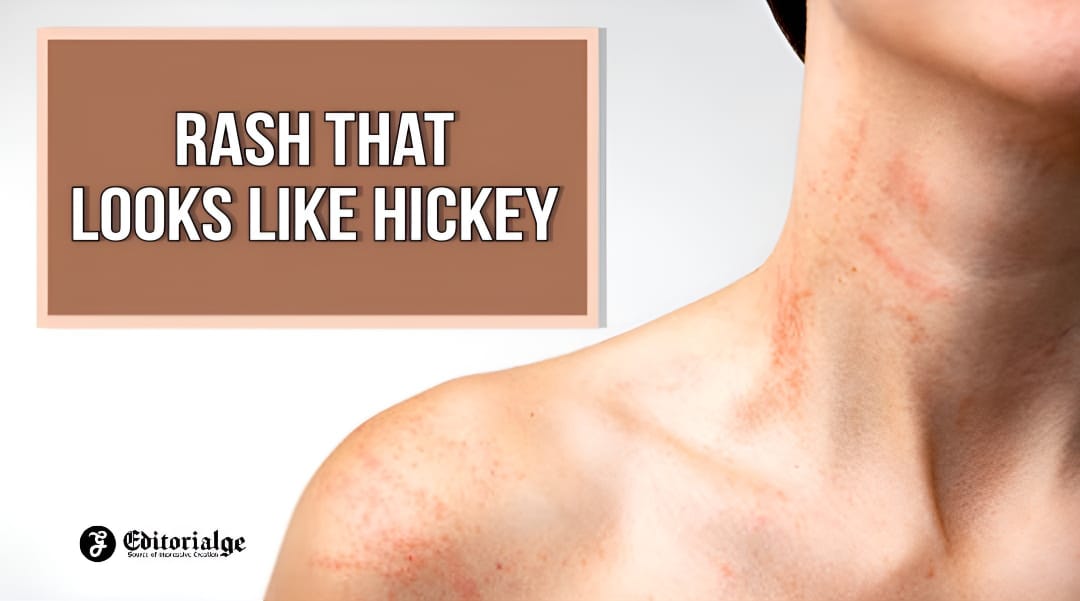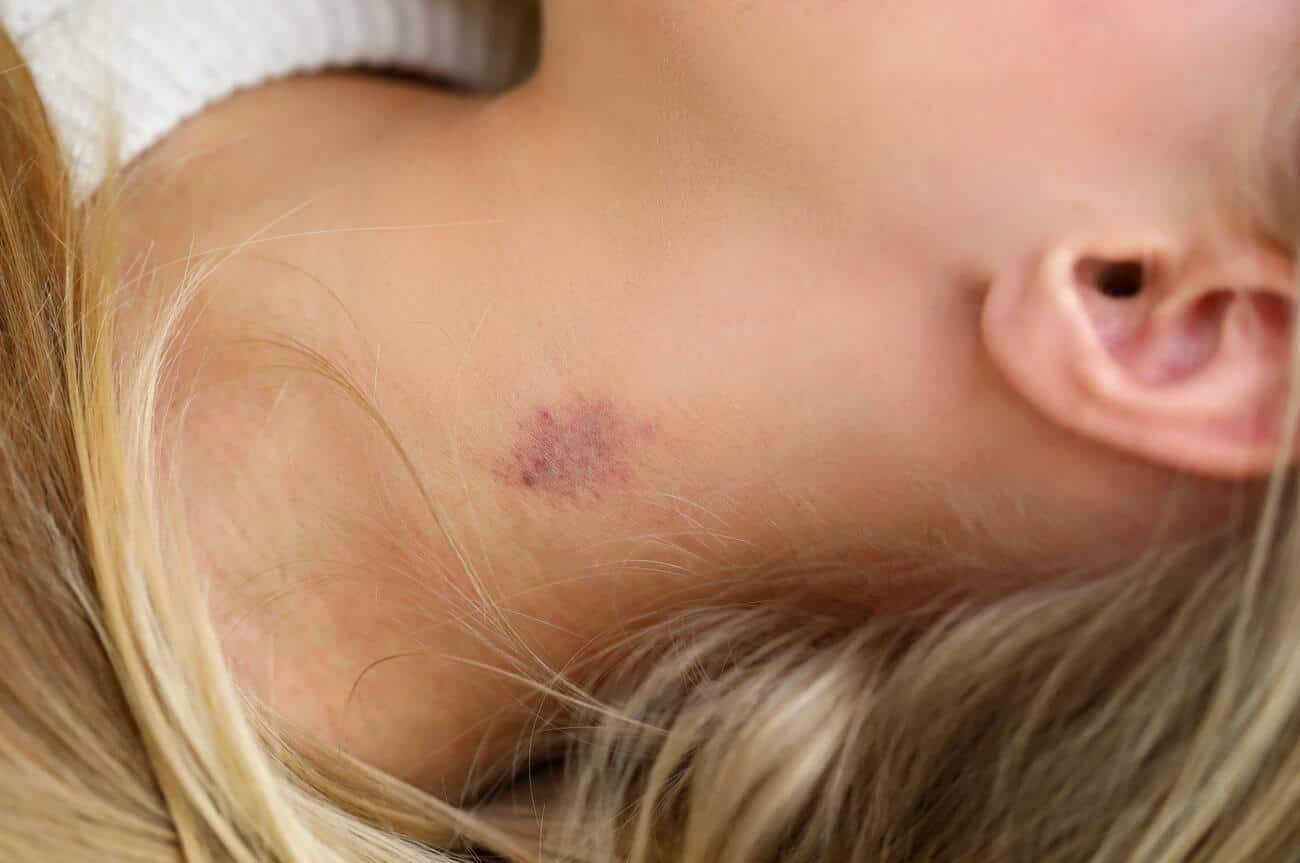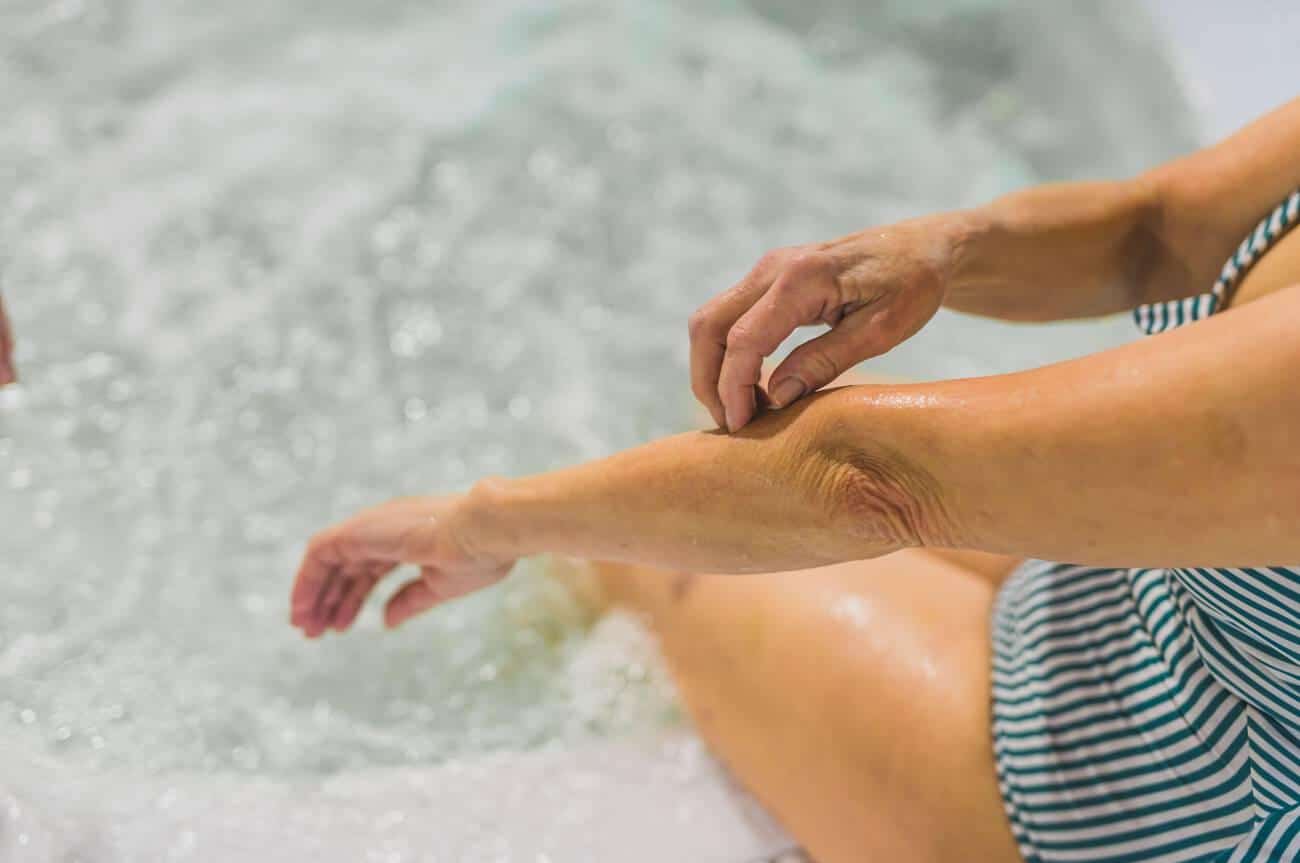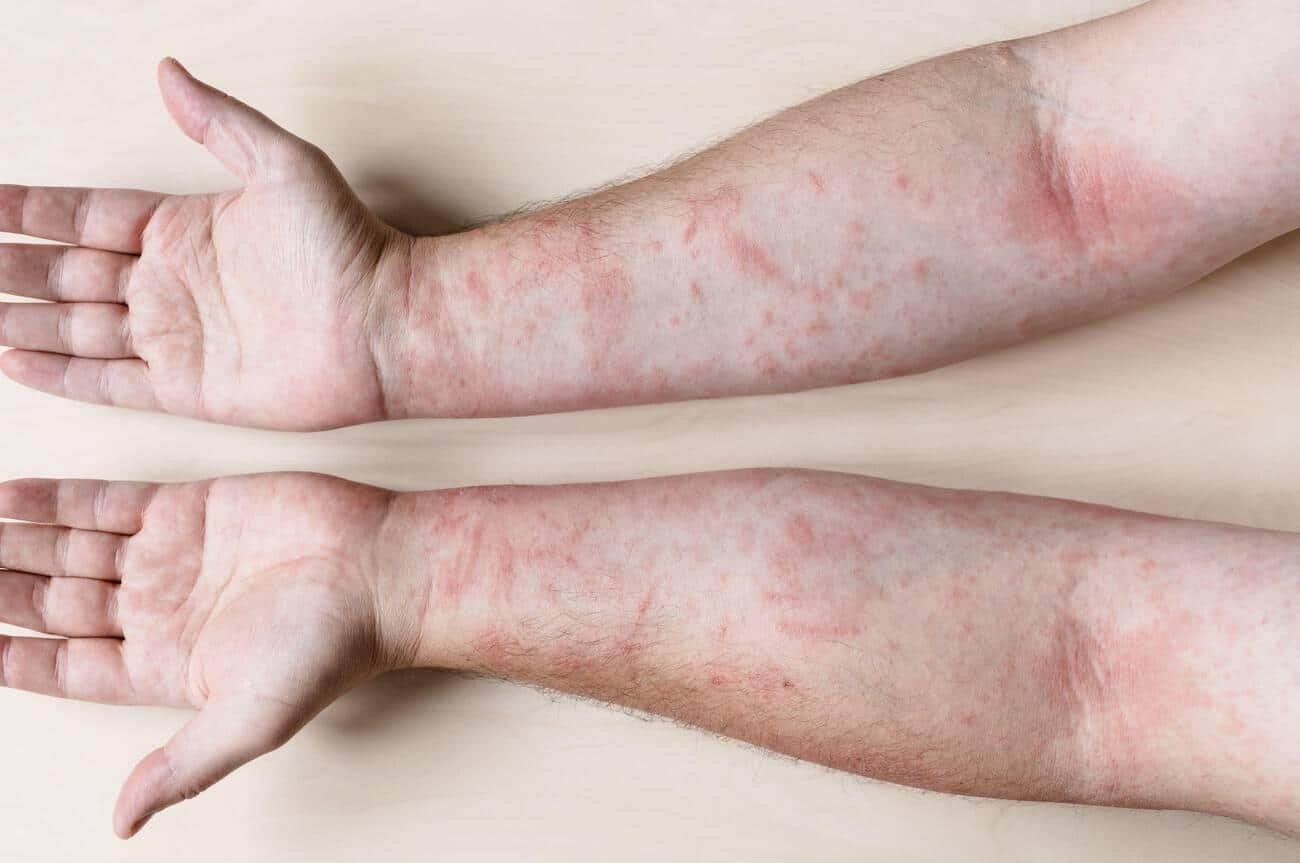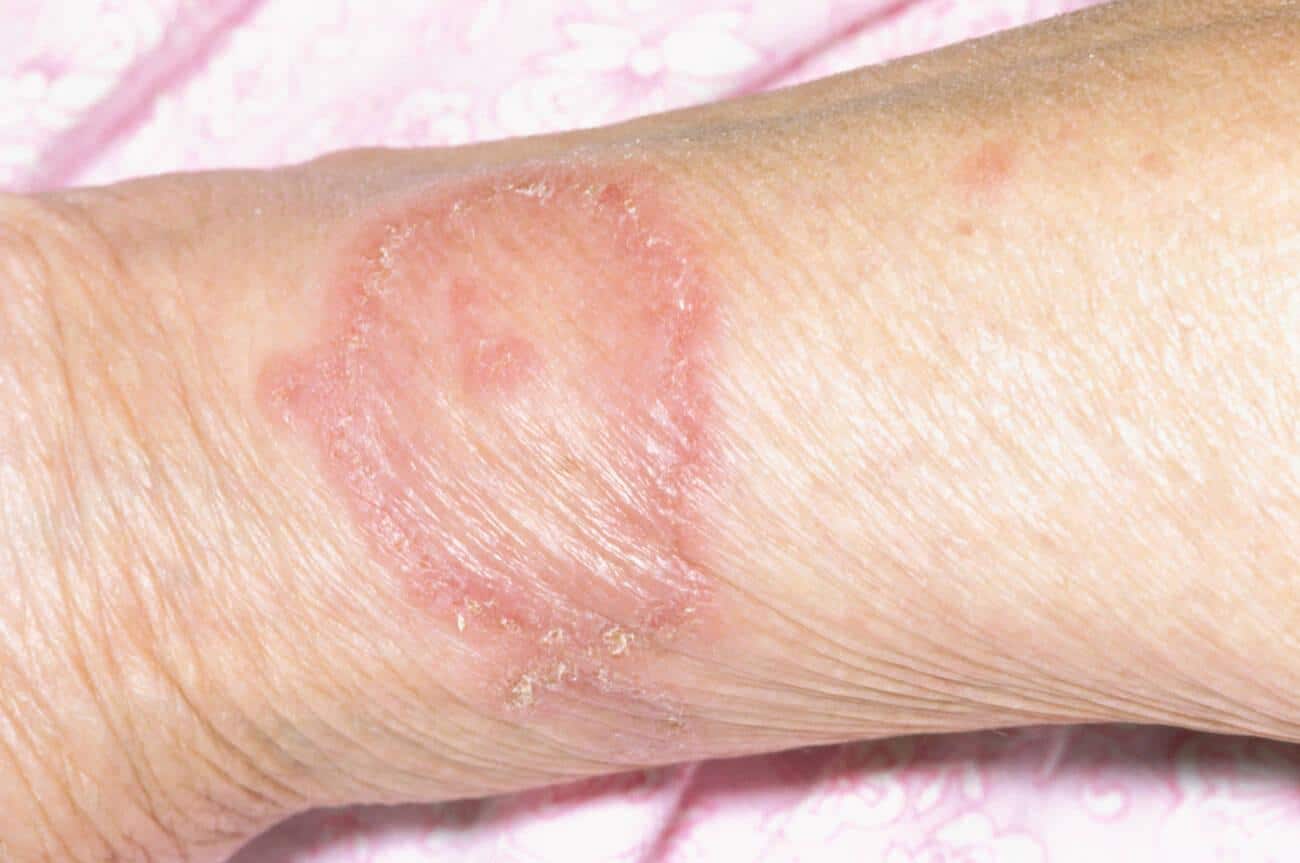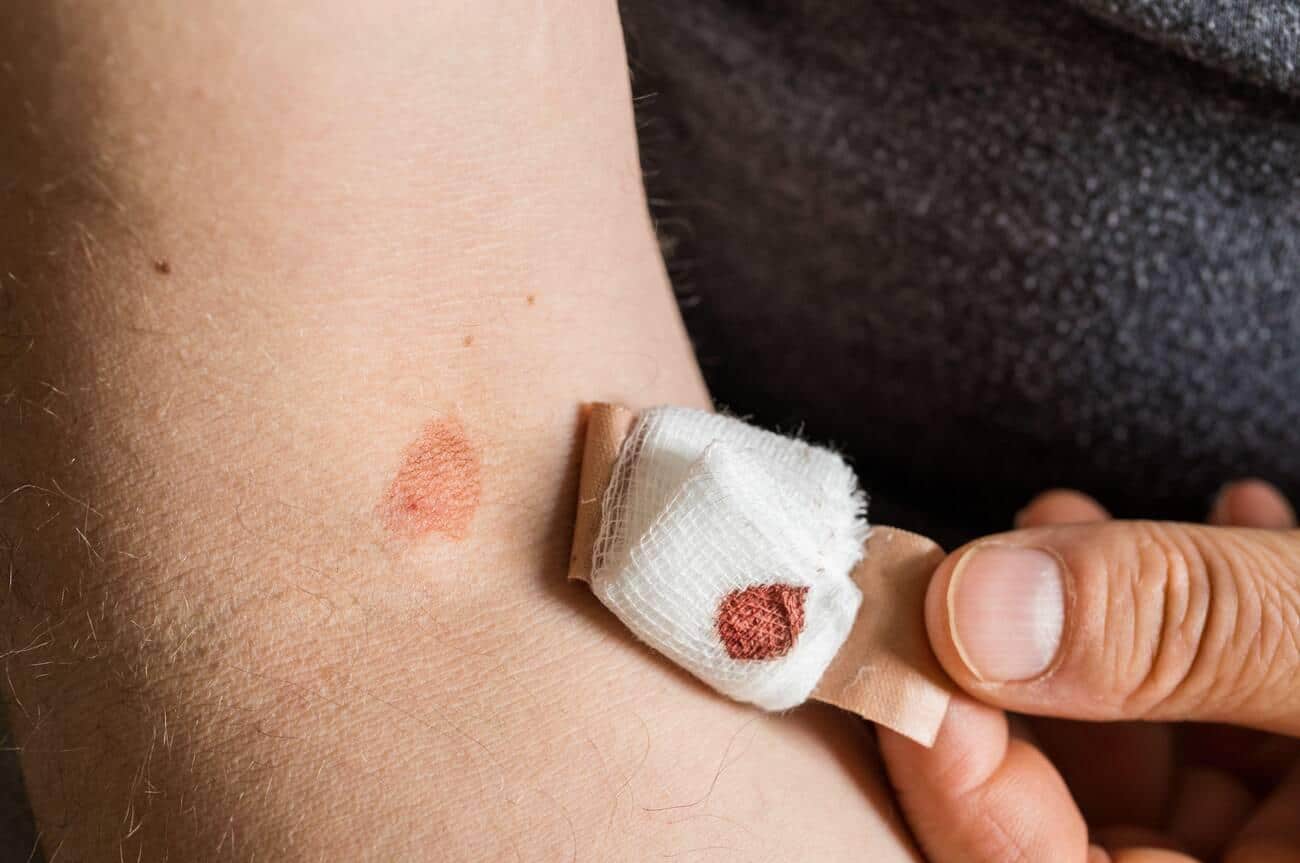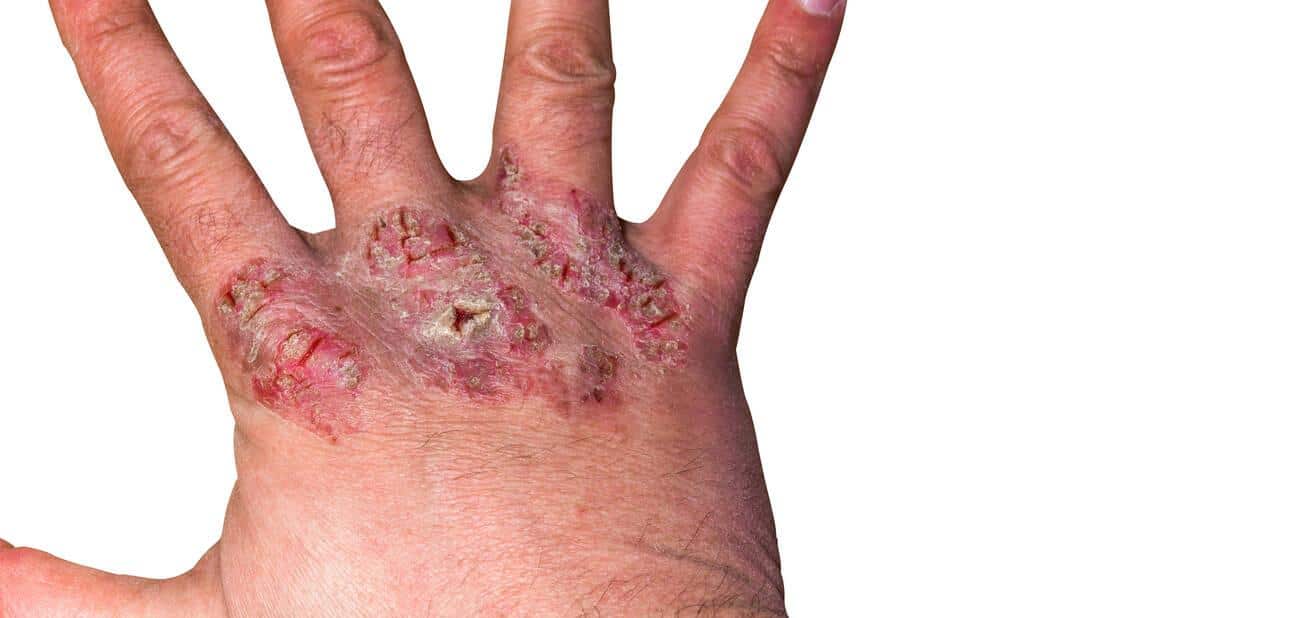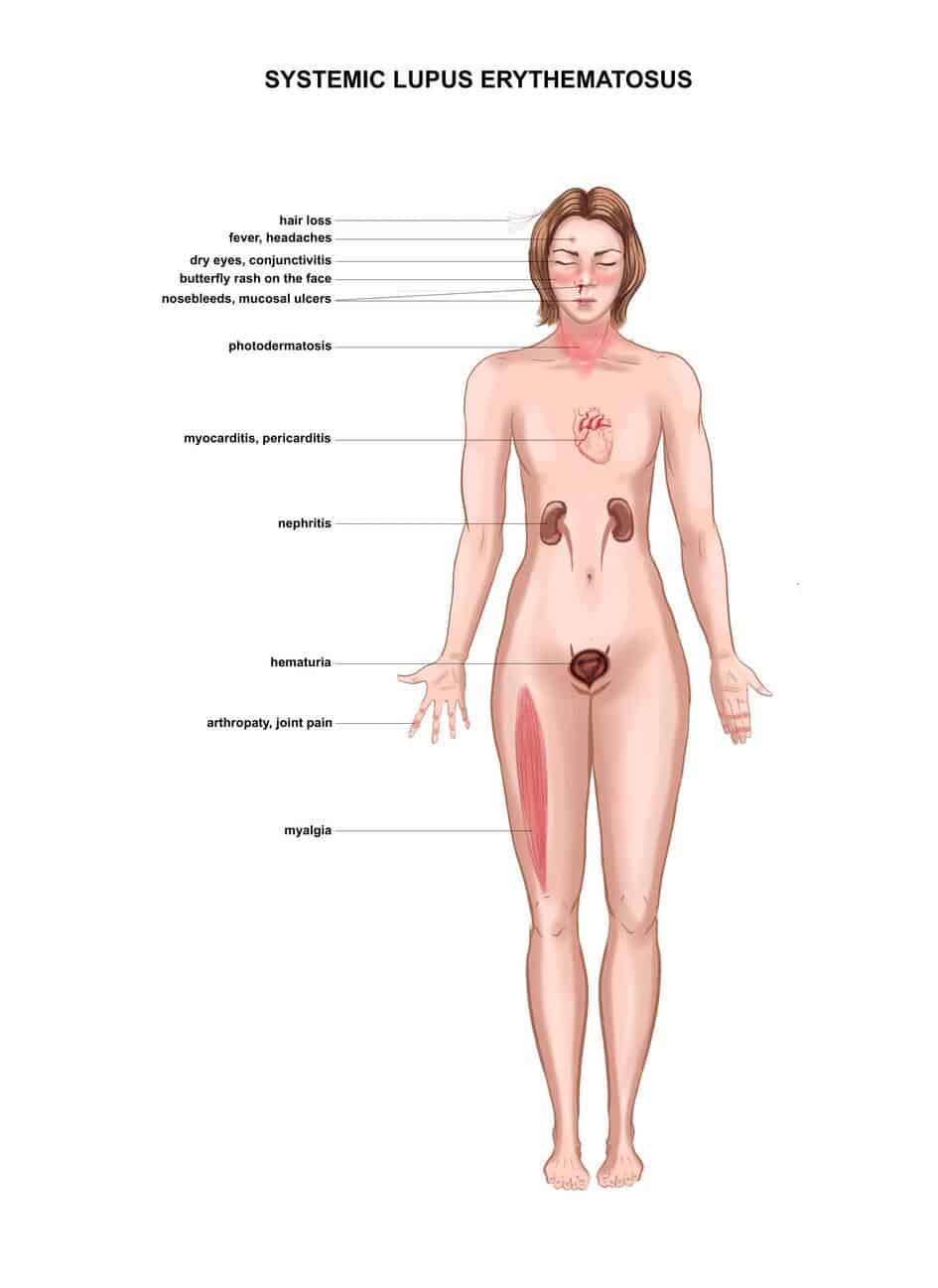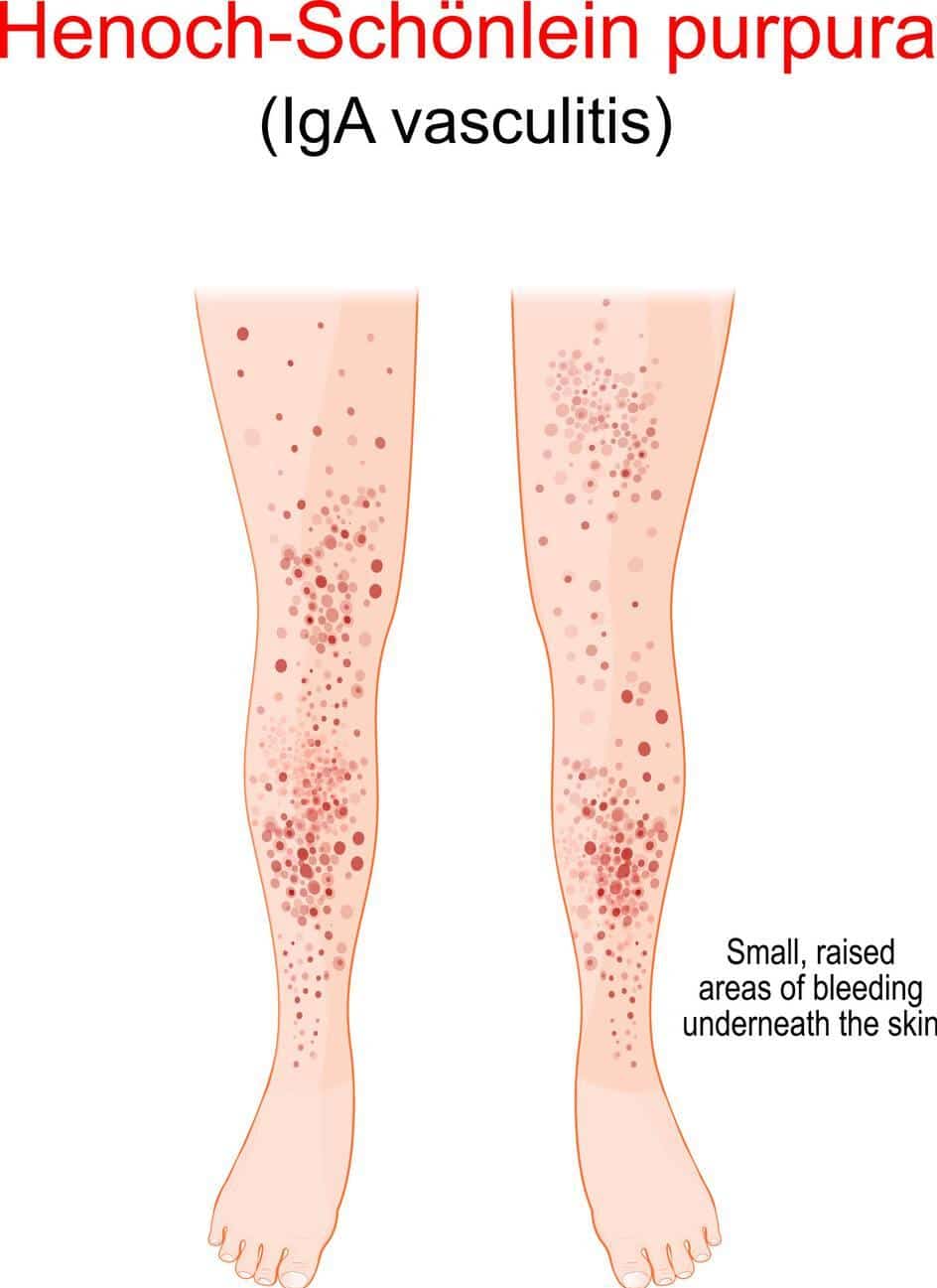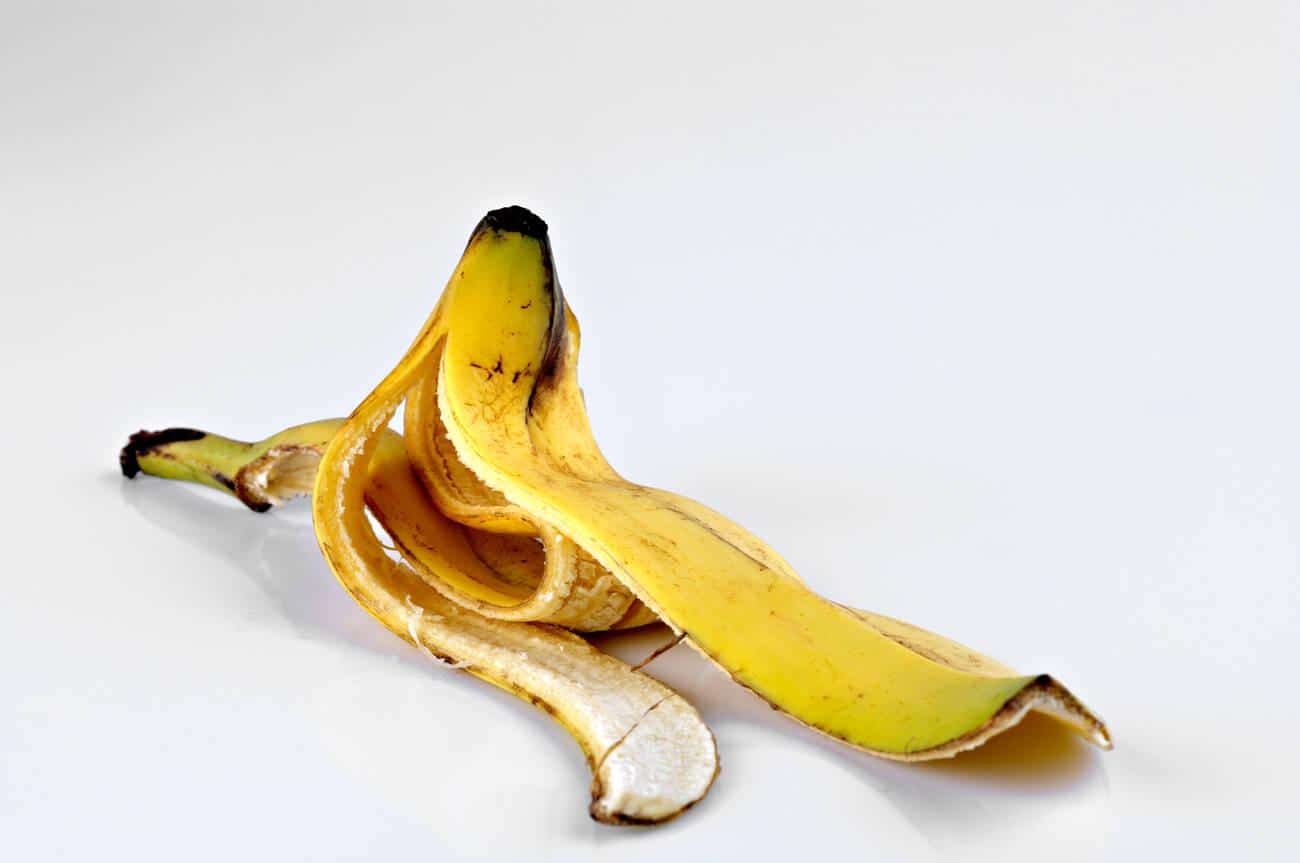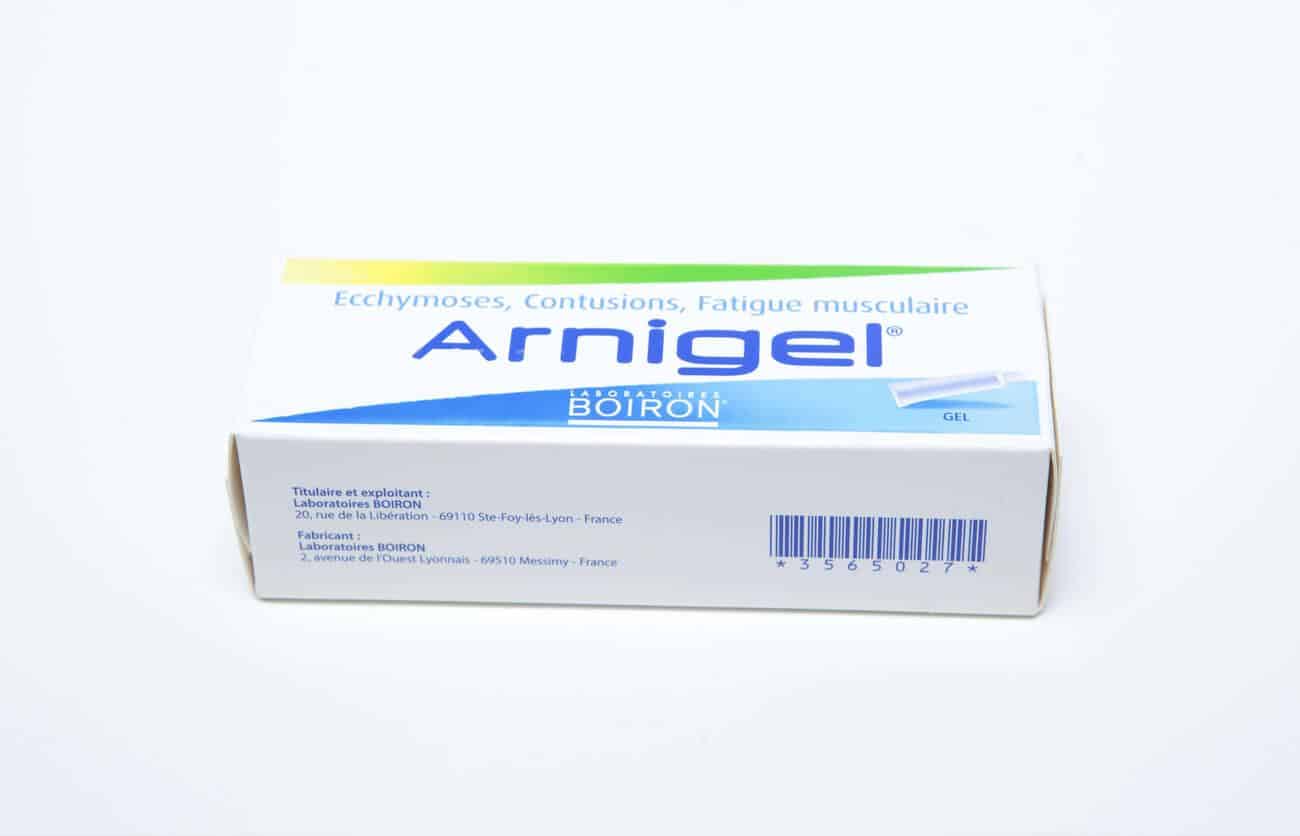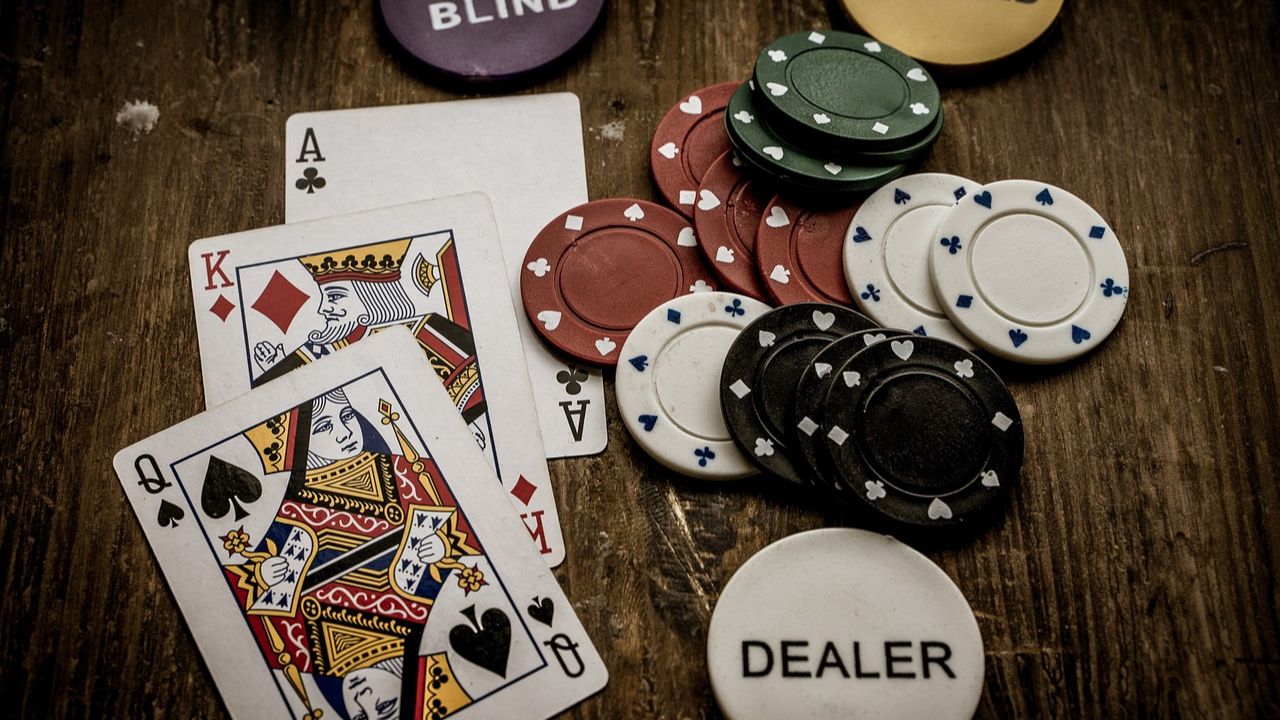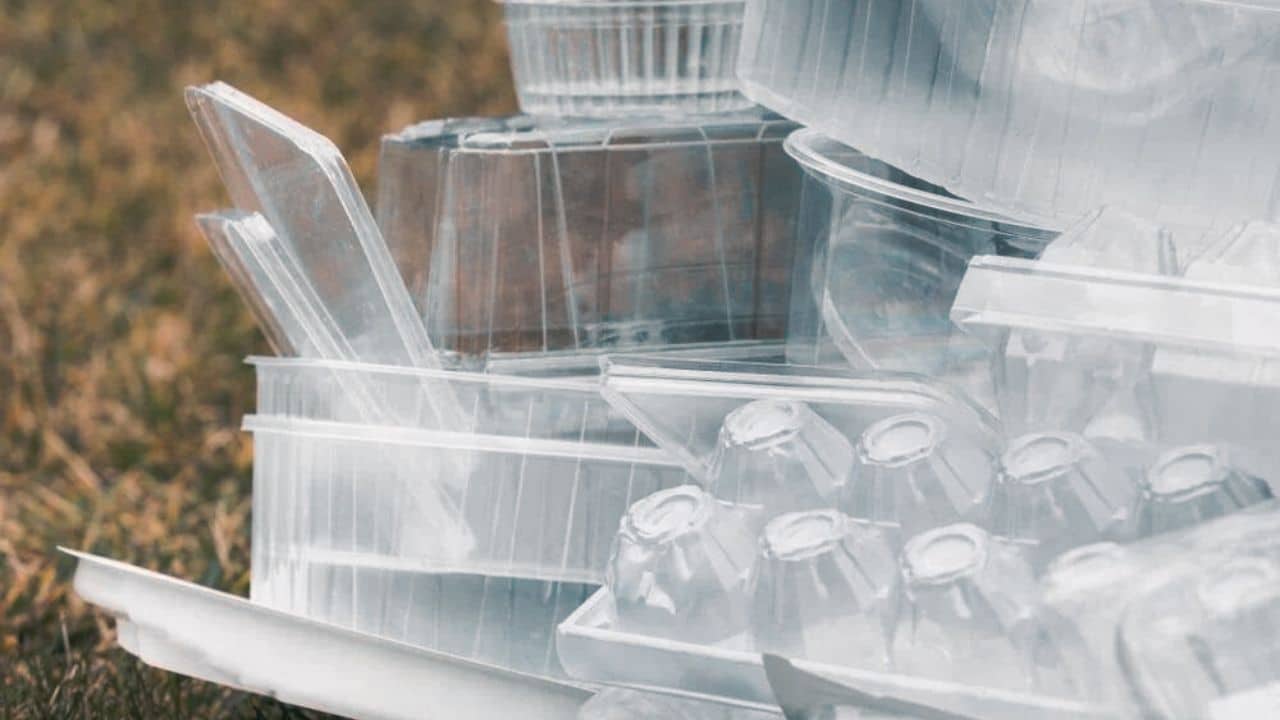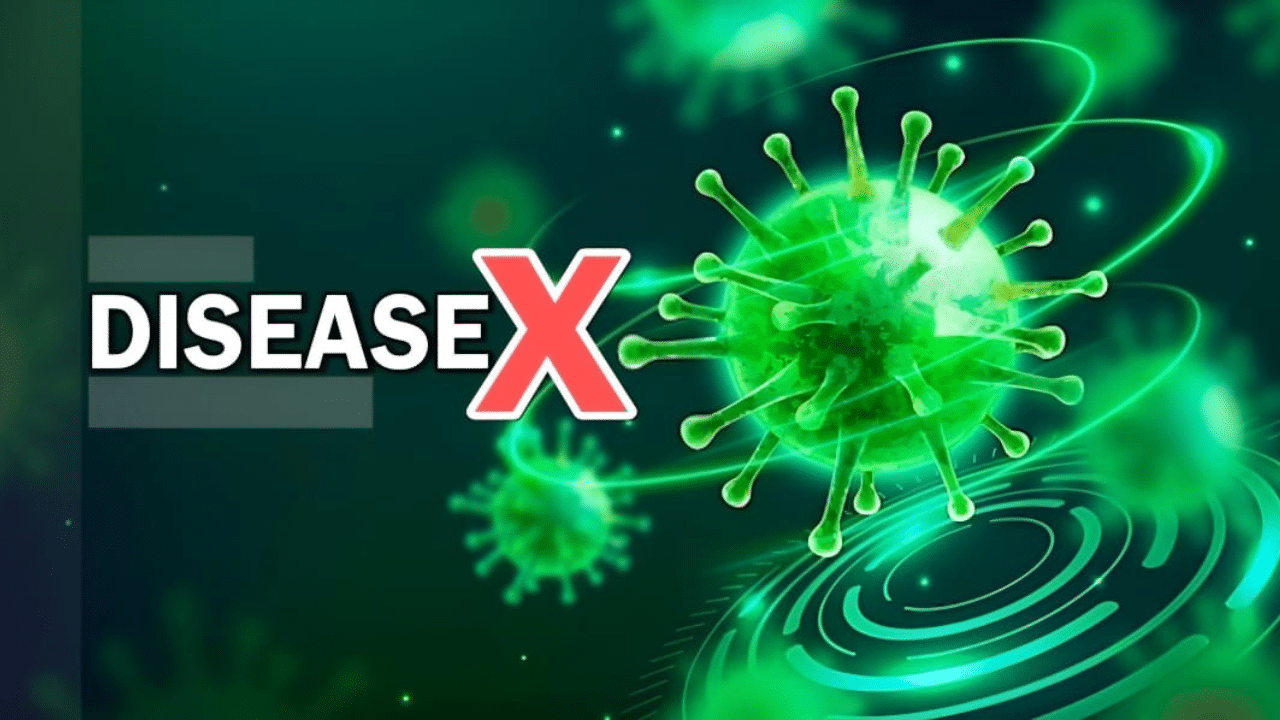Imagine you wake up one day with a rash that looks like hickey. When a rash like this pops up out of nowhere, it can be both surprising and scary. It’s important to know what this rash could be, what caused it, and how to treat it.
Contact dermatitis, ringworm or tinea rash, drug reaction, erythema annular centrifugum, isolated psoriasis, neurodermatitis, bruises, and SLE can all cause a rash that looks like a hickey. People with measles, typhoid, parvovirus, or dengue can get a rash that looks like a hickey.
There could be a lot of confusion if something like that happened. It’s only normal to want to find a solution to the rash problem. And it is on those rashes that this discussion will center.
This detailed article discusses rash that look like a hickey, including their appearance, possible causes, symptoms, diagnosis, treatment, and ways to avoid getting them.
What Is a Hickey?
A hickey is a mark on your skin that is dark red or purple, caused by strong suction. The bruise, like most others, should heal in about two weeks. Hickeys typically appear on the neck due to their accessibility, but they can appear anywhere.
The pressure of your partners sucking and biting causes tiny blood vessels beneath the skin’s surface to burst. Petechiae are tiny blood spots that appear when blood vessels break.
When several of these spots bleed together, a larger dark spot forms—a bruise. Bruises often turn yellow after initially appearing red or dark purple.
What Does a Hickey Look Like?
Hickeys appear as red or purple ovals or circles on the skin, measuring about an inch in diameter. Since a hickey is created by sucking and biting during intimate encounters, it typically appears in easily accessible locations, such as the neck, shoulder, hands, and face.
Among today’s adults, the hickey is widespread. A hickey can be given or received by anyone, regardless of age. They just want to maintain the highest level of discretion, so they cover it up.
Causes of a Rash that Looks Like a Hickey
Many things can cause a rash that looks like a hickey, such as skin irritation and inflammation, allergic reactions, viral infections, bacterial infections, fungal infections, and some medications. We have pointed out some causes of rash that look like hickeys.
Skin Irritation and Inflammation
Irritation causes itching, redness, and swelling. Chemicals, soaps, detergents, food, pollen, and pet dander can cause it. Insect bites and stings can cause skin irritation.
Injury or infection causes skin inflammation. White blood cells fight pathogens and cause inflammation. Skin inflammation causes redness, swelling, pain, and warmth. Infections, sunburns, allergies, and conditions like eczema and psoriasis can cause skin inflammation.
Allergic Reaction
A rash that looks like hickeys can appear on a person’s skin if they are allergic to something they have eaten or touched.
Viral Infections
Skin rash can be caused by several viral infections, the most common of which are the Epstein-Barr virus and the herpes simplex virus.
Skin Conditions
Several skin conditions, including eczema and psoriasis, can cause a rash resembling a hickey.
Certain Medications
A rash is a potential side effect of several different medications. Antibiotics, pain relievers, and antihistamines are all medications that fall into this category.
10 Common Skin Rash that Looks Like Hickey
Rashes on the skin can take many forms. Moreover, various shaped rashes can be the result of the same disease. Therefore, a rash has the potential to resemble a hickey.
The importance of the rash’s location cannot be overstated. Hickey-like skin rashes can appear anywhere on the body, including the neck and the breasts. In any case, a rash like that can be caused by various skin conditions. Let’s check out a few of them.
Contact Dermatitis
This condition can cause hickey-like rashes. Contact dermatitis causes inflammation. It’s an allergy. Your skin reacts to allergens. Allergens cause allergies. First-contact allergy symptoms are absent.
The allergen would react the next time. Your skin cells recognize that allergen. They release chemicals. This damages the skin locally. Thus, a rash. Red, itchy, blistering rash. Anywhere on the skin. A neck rash can resemble a hickey.
Erythema Annulare Centrifugum
Rash-causing chronic illness. Any part of the body is fair game for this rash. It’s a hypersensitivity reaction. Most of the damage is caused by your immune system.
Several factors contribute to this phenomenon. However, drug hypersensitivity, cancer, rheumatoid arthritis, pregnancy, blood disorders, etc., all share this characteristic.
This rash appears pink and bumpy. Growth occurs gradually. Therefore, you will likely notice it before it becomes significant.
Neurodermatitis
Another condition that results in a persistent rash. The central character is an abundance of itching. As a result, if your rash spreads quite a bit, it could be due to this.
This illness causes a rash that is similar to leather. The rash can also be any number of colors. That hickey interpretation is plausible.
Kaposi’s Sarcoma
Kaposi’s sarcoma is an extremely uncommon form of cancer that manifests in red or purple spots on the body. A virus causes it, and the people most likely to contract it are those whose immune systems are compromised.
Ecchymosis
When blood leaks from broken blood vessels into the surrounding tissues, a medical term for this condition is ecchymosis, the skin becomes discolored and appears as a bruise. Injuries, medications, and preexisting conditions can all contribute to the development of ecchymosis.
Ringworm or Tinea Rash
The rash caused by ringworm infection can resemble a hickey. Tinea corporis is the official medical term for this. Several different kinds of fungi are to blame for this illness. Trichophyton and Microsporum species are the most common causes.
The outer layers of skin are no match for these fungi. They give off potentially dangerous chemicals. The body’s protective cells, known as white blood cells, eliminate the invaders. To kill the fungi, they also release some poisonous chemicals.
Drug Reaction
Many different medications can bring on a rash. Chemicals not normally found in the body can be found in drugs. As a result, your body may exhibit symptoms in response to the drug. A rash is one of the possible manifestations of a negative reaction to medication. This rash may give the appearance of a hickey.
Isolated Psoriasis
Psoriasis is a long-lasting autoimmune condition. In this case, the body’s defense cells are attacking healthy tissue instead. A skin rash develops as a result.
Different people will experience different levels of illness. The rash can spread all over the body in extreme cases. There may be a patchy rash in some people.
Different types of psoriasis rashes exist. Some of these even have the appearance of a hickey. It rarely happens, though.
Systemic Lupus Erythematosus
The autoimmune disease Systemic Lupus Erythematosus. The skin may also show signs of this illness. Typically, this rash will appear on the face. The red rash often resembles a butterfly, hence the name “butterfly rash” or “malar.”
Lupus rash may resemble a hickey in appearance, though this is highly improbable. The neck is a common location for this rash, which can look like a hickey.
Henoch-Schonlein Purpura
This is an uncommon form of purpura that manifests itself as a rash that looks very much like a hickey. Pain in the joints and the abdomen may be a symptom of this condition, brought on by inflammation of the blood vessels.
Common Hickey-Like Conditions
Marks on the skin that look like hickeys can be caused by several different medical conditions. This article contains descriptions of some of the most prevalent conditions.
What Causes Hickey-Like Marks on Neck?
Hickey-like marks on the neck are usually the result of broken blood vessels beneath the skin. This happens when blood vessels are ruptured by sucking, kissing, or biting the skin. The resulting mark may resemble a bruise or hickey and fade over time.
While hickey-like marks are most commonly associated with intimate activities, they can also be caused by other factors, including:
-
Medical conditions: Some health problems, like bleeding disorders and liver disease, can make it more likely to get bruises and marks that look like hickeys.
-
Nutritional deficiencies: If you don’t get enough vitamin C and K, you may get more bruises and marks that look like hickeys.
-
Sun damage: Sunlight can weaken blood vessels and make bruises and marks that look like hickeys more likely.
-
Aging: As we age, our skin gets thinner and more likely to get hurt. This makes us more likely to get bruises and marks that look like hickeys.
If you have hickey-like marks on your neck or other parts of your body that you can’t explain, it’s important to rule out any medical conditions or medications that could be causing the problem. If you are getting bruises or marks that look like hickeys often or if they are very bad, you should see a doctor.
Rash on Breast that Looks Like a Hickey
A hickey on the breast can be caused by sucking on the skin or by clothing that irritates the skin. The marks left behind will be red and may last a few weeks before they completely disappear. The rash on your skin that looks like a hickey can be treated with over-the-counter drugs and home remedies, so you don’t have to worry about making expensive trips to the doctor or dermatologist.
Things that Look Like Hickeys But Aren’t
Rash that causes itching is extremely common among humans. Itchy rashes resemble hickeys but aren’t hickeys. Itchy rashes and hickey-like marks can appear on the skin around the neck if you constantly scratch it. This rash can break out due to contact with chemicals or jewelry.
Bug bites, red spots, and tattoo rash are some rashes that look like hickeys but aren’t.
Rash that Looks Like Hickey on Child
Nappy rash, which sometimes looks like a hickey, is common in infants and young children. This infection can be caused by diapers’ wetness, particularly if they are left unchanged.
Mothers should take certain precautions and apply antifungal powder to keep the baby’s body clean and prevent fungal infections.
How Long Do Hickeys Last?
Depending on how deep the mark is and how long it takes an individual to heal, a hickey can last 5-12 days. Identified as a bruise due to broken blood vessels beneath the skin. A hickey will fade and change in appearance as it heals, just like any other bruise. Depending on the amount of blood reabsorbed by the body, the mark’s color can change from red or purple to green, yellow, or brown before eventually disappearing.
What Diseases Have a Rash as a Symptom?
Many diseases and conditions can have a rash as a symptom. Some common examples include:
-
Measles: Measles is a viral infection that causes a red, blotchy rash that typically starts on the face and spreads to other body parts.
-
Chickenpox: Chickenpox is a viral infection that causes a red, itchy rash that usually starts on the chest, back, and face before spreading to other body parts.
-
Shingles: Shingle is a viral infection that causes a painful, blistering rash that typically appears on one side of the body.
-
Lyme disease: This is a bacterial infection that can cause a red, circular rash that expands over time. It typically appears at the site of a tick bite.
-
Psoriasis: Psoriasis is a chronic skin condition that can cause a scaly, red rash on various body parts.
-
Eczema: Eczema is a chronic skin condition that can cause a red, itchy rash on various body parts.
-
Lupus: Lupus is an autoimmune disease that can cause a butterfly-shaped rash on the face and other skin rashes.
-
Rosacea: Rosacea is a skin condition that can cause a red, swollen rash on the face.
-
HIV/AIDS: HIV/AIDS can cause a variety of skin rashes, including a red, itchy rash on the torso and limbs.
These are just a few examples of diseases and conditions that can cause a rash as a symptom. If you are experiencing a rash, seeing a doctor for proper diagnosis and treatment is important.
Are There Any Risks to Having a Hickey?
See a doctor about your hickey if any of the following apply:
- After two weeks, the hickey still hasn’t faded.
- The bruise hurts a lot.
- If you don’t know how you got other bruises on your body, you start to pay more attention to them.
- A bump has formed on top of the bruise.
- A medical condition like a blood disease or clotting disorder could be causing these symptoms.
Although highly unlikely, a few people have sustained life-threatening injuries after receiving hickeys.
How Do You Get Rid of a Hickey?
Few people are eager to flaunt a visible hickey. As a result, you might be looking for quick solutions online. However, in most instances, you must give your body time to recover.
But there are steps you can take to speed things up. Now, let’s examine a few of them:
Use a Cold Cloth or Spoon to Treat Your Hickey
A clean spoon should be chilled in the freezer for about ten minutes before use. Then, while the hickey is still fresh, press the cold spoon firmly on top of it. Even dermatologists agree that despite the discomfort, you should go along with the procedure. You should do this several times daily to keep the swelling at bay.
Applying Heat
The first few hours are not the time to apply heat. However, a cold compress may be considered if it does not alleviate your hickey. The opposite is true when heating is used. Fresh blood means fresh white blood cells. These living cells can swallow up the hickey’s dead cells.
Use Vitamin C
They say that vitamin C can do wonders for your health. This vitamin plays a crucial role in the recovery process after an injury. Vitamin C can be applied topically or consumed in large quantities through various food sources. Fruits and vegetables include oranges, lemons, limes, strawberries, broccoli, etc.
Eat Plenty of Vitamin K–rich Foods
The vitamin K in foods like broccoli, kale, spinach, and brown rice aids the body in dissolving blood clots like the one that formed on your hickey. If you want your hickey to heal faster, eat a salad or blend some kale into a smoothie.
Massage Your Hickey With a Banana Peel
It may sound strange, but banana peels are the unsung hero of the hickey-fighting game due to their high concentration of antioxidants and vitamins that are good for the skin. Peel a ripe banana and use the inside of the peel to massage the area around your hickey. Again, it won’t completely get rid of it, but it will help it heal quicker.
Promote Circulation With a Toothbrush
Brush your hickey with a toothbrush that has very soft bristles (you don’t want anything to tear or peel your skin!). For five to ten minutes, you should alternate the direction of the bristles to allow the clotted blood to spread. Even though it probably won’t feel great, and you shouldn’t press too hard, you could try doing it every day until your hickey disappears.
Moisturize Your Hickey With Aloe Vera
You can use aloe vera for more than just soothing sunburns, though. Because of its anti-inflammatory and antioxidant properties, a small amount of aloe vera cream or gel can prevent your hickey from becoming swollen. Just remember that aloe vera won’t make your hickey disappear overnight (it is a bruise), but it will help speed up the healing process if you apply it twice daily.
Try an Arnica Cream on Your Hickey
Arnica is a flowering plant used to treat bruises for a long time. One of the main parts of arnica that helps it heal is helenalin. Helenalin is an anti-inflammatory that helps calm your body’s natural response to swelling. Try putting arnica cream on your hickey once a day until the swelling and bruising go away.
Final Words
Even though a rash that looks like a hickey might be scary, it could be caused by anything from nothing to something serious. Pay attention to any rash symptoms, like a fever or trouble breathing, and get medical help if the rash lasts or worsens.
People can feel better and have peace of mind by determining what’s causing the rash and getting the right treatment. If you have a rash that looks like a hickey, you should see a doctor for the right diagnosis and treatment.
Disclaimer: This content is for informational purposes only and does not replace professional medical advice, diagnosis, or treatment. This information is not comprehensive and should not be used to make health or well-being decisions. Consult a qualified healthcare professional with questions about a medical condition, treatment options, or health regimen. This website or the content should never replace professional medical advice.

